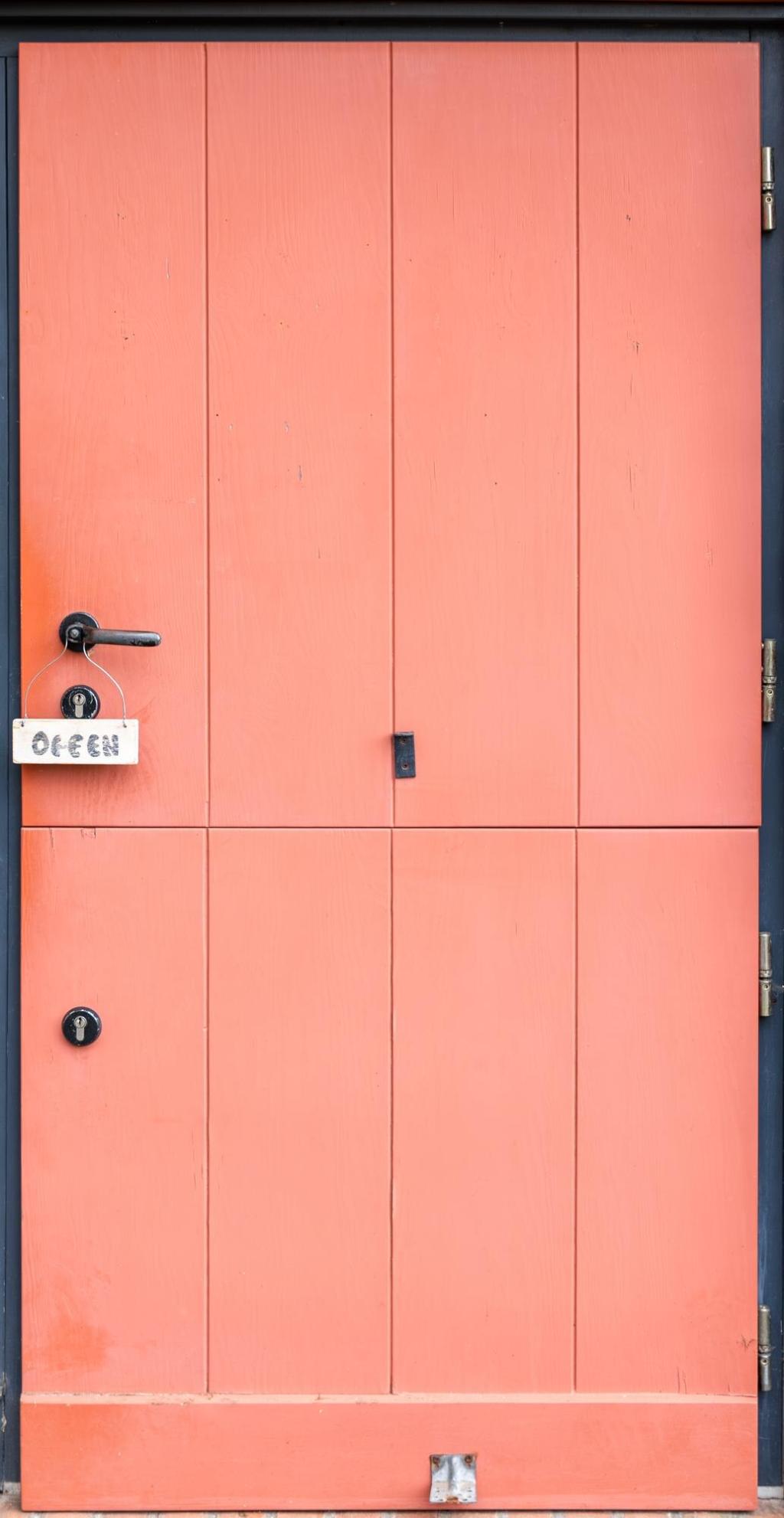Sustainability and Life-Cycle Wins
Toolpath-driven deposition places material only where needed, eliminating most formwork and offcuts. Internal hollows reduce weight, cutting emissions from shipping and simplifying crane time during installation.
Sustainability and Life-Cycle Wins
Mechanical fixings, mono-material thinking, and take-back logistics make panels easier to reclaim. Tagging components with QR-linked specs supports responsible reuse, recycling, and verified material provenance.




